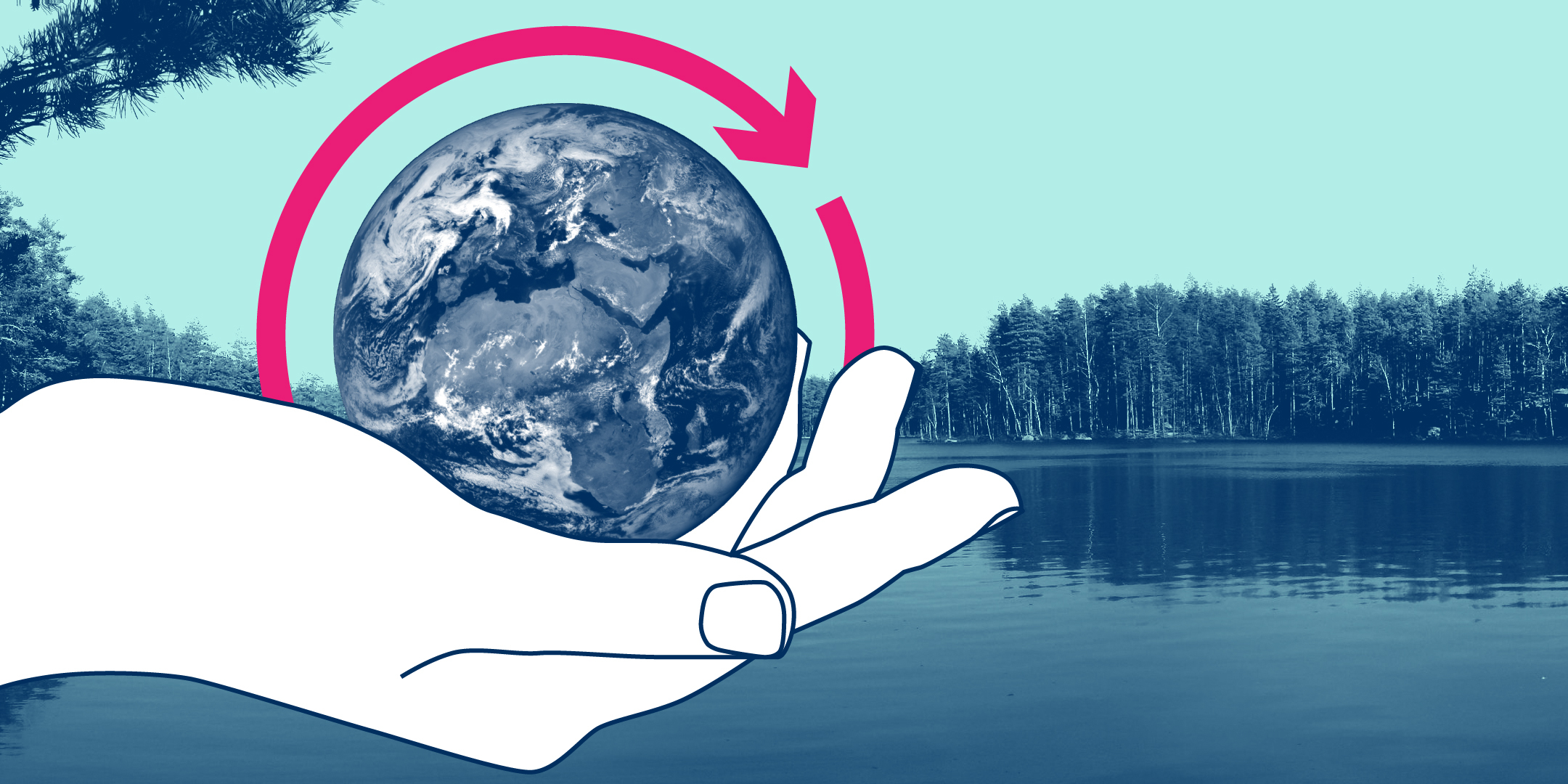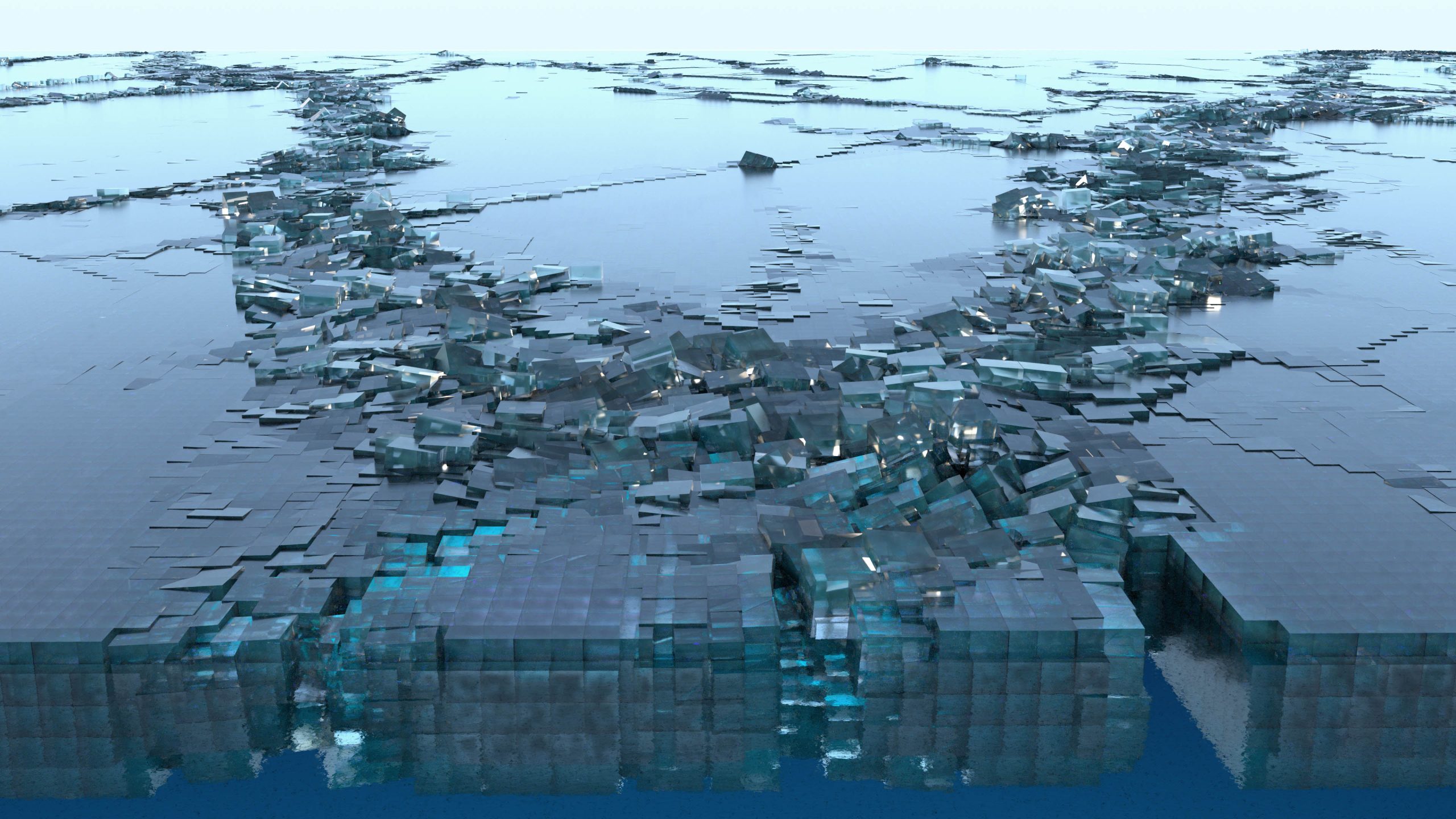Digital twins supporting decision-making
CSC is actively involved in projects that develop digital twins. A digital twin is a virtual model of a physical object, system, or process. A digital twin uses data from sensors and other sources to simulate, monitor, analyze, and predict the behavior or activity of its counterpart. A digital twin, in a way, connects the physical and digital worlds, to promote informed decision-making and to improve processes and predictions.
Destination Earth (DestinE) is the European Commission’s flagship project to develop the Earth’s digital twin, a precise digital model. The information produced by the model will enable us to better adapt to and respond to climate change and extreme weather events. The project has two high-priority digital twins, Climate Change Adaptation Digital Twin and Extreme Weather Digital Twin. Climate Change Adaptation Digital Twin (ClimateDT) is a collaborative project led by CSC. In addition, CSC coordinates the Biodiversity Digital Twin (BioDT) project to develop a digital twin for biodiversity and the Nordic Cryosphere Digital Twin (NOCOS DT) project to develop a digital twin for Arctic ice areas. As a new project from the beginning of 2025, CSC will also lead the TerraDT project, which complements the climate twin and promotes the reliability of climate projections.
Data from digital twins can be widely utilized
Data produced by digital twins can be used extensively in society, for example to support political decision-making. The information can be used in decision-making from the EU level to the local level and from municipal decision-makers to ordinary residents. For example, forest owners can use data from the projects in the future to find out how climate change or extreme weather events affect the forest area they own. Data can also be of significant benefit to companies whose business operations depend on biodiversity or are threatened by extreme weather events.
The projects develop different use cases that can be used to examine, for example, the effects of climate change on a sector or a specific topic. For example, the ClimateDT has a wind energy application that uses data from the twin and produces estimates of how wind energy resources will change in the future. Such data could be used, for example, by a wind energy company that is planning the location of its next wind power plant.
User orientation is important in projects related to digital twins. The projects involve collaboration with data users to ensure the usefulness of the result. In the future, language models may enable interaction with digital twins through a chat-based interface. This is intended to promote openness and equality in science and to enable the use of data even without special expertise in the use of digital twins.
Solving global challenges
Digital twins solve major global challenges with unprecedented accuracy. The use of digital twins in environmental sciences and climate research is a growing trend, yet still very unique in biodiversity research. The BioDT project therefore plays a significant pioneering role. The project lays the foundations and standards for future research and can be used as an example for further development of digital twins of biodiversity in the future.
The LUMI supercomputer plays an important role in the development of digital twins. CSC provides computing resources for projects, but also shares its strong expertise in high-performance computing by helping researchers shape their models to adapt to the LUMI environment. CSC is a very experienced partner in large international projects, and therefore CSC’s expertise is particularly emphasised in project coordination. In addition, CSC has expertise in the disciplines related to digital twins, which promotes project coordination.
When participating in international projects, CSC aims to ensure that the Finnish scientific community benefits from them as much as possible. In addition to CSC, many projects involve other Finnish partners, which promotes Finnish research expertise and its visibility also internationally.

Helena Mikkola
Helena Mikkola works at CSC as a specialist in sustainability communications.




